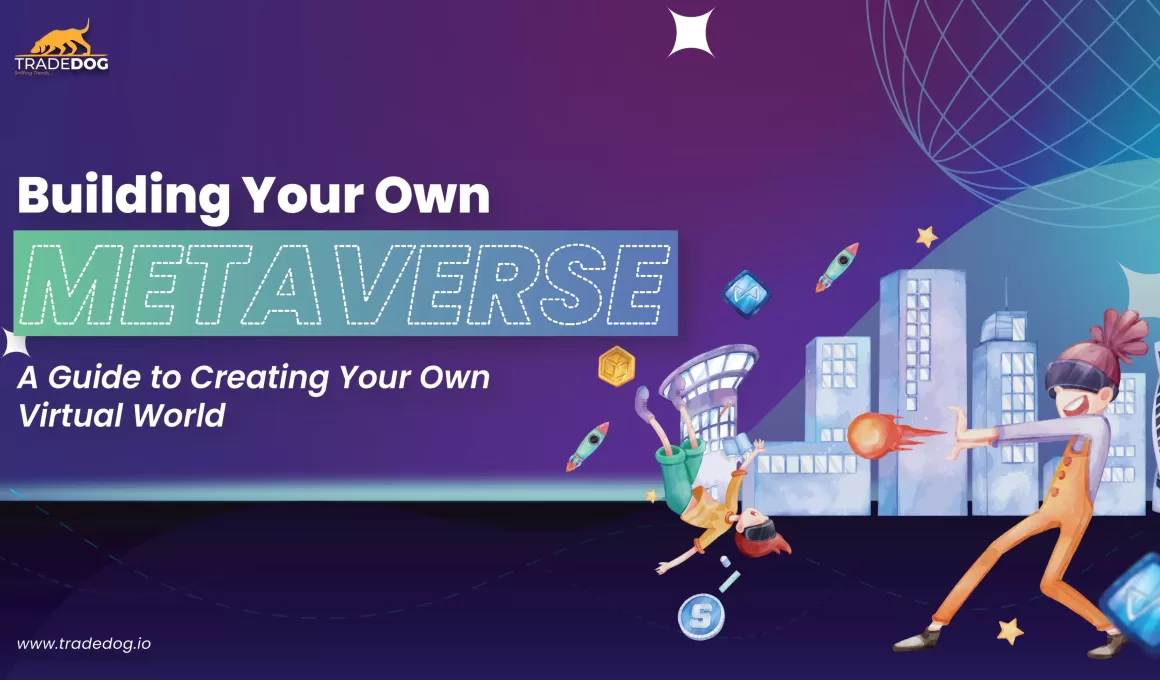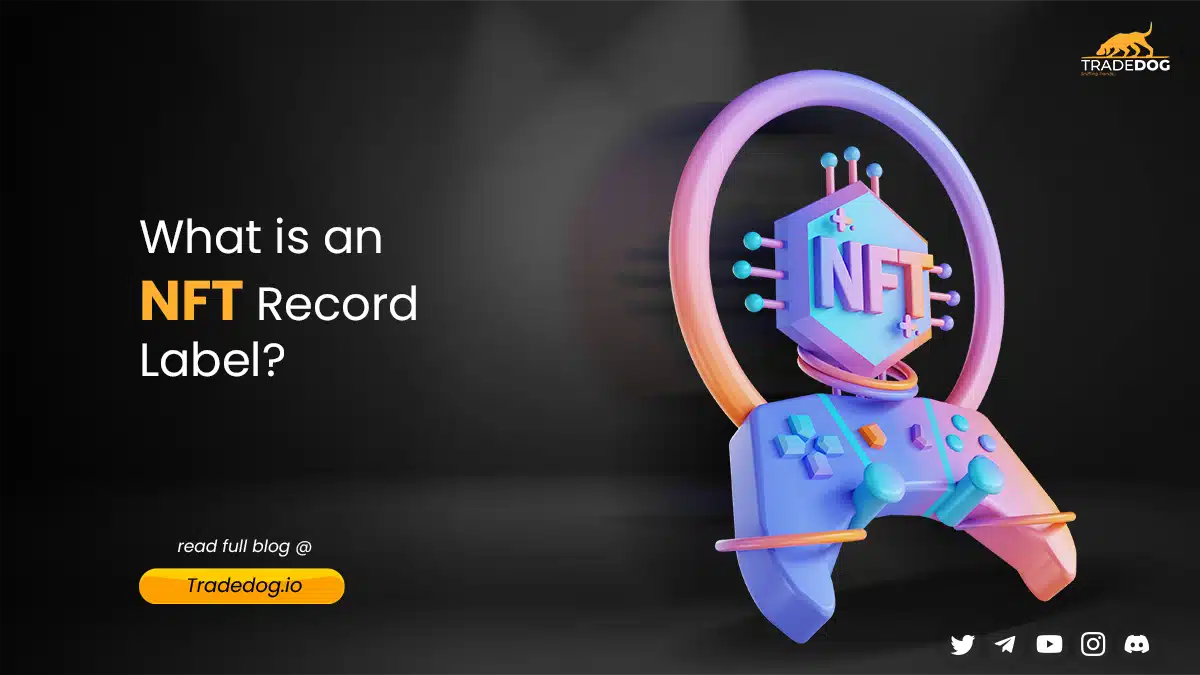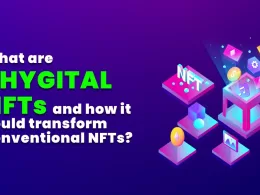Quick Links
The metaverse is a virtual universe where users can interact with each other and with digital objects. It’s a new and exciting technology that is still in its infancy but has the potential to change the way we live, work, and play.
In this blog, we’ll go over the basics of building a metaverse, including what it is, why you might want to build one, and some of the technical aspects of building one. Along the way, I’ll be raising some questions to help you think about what you want to achieve with your metaverse.
What is a Metaverse?
Metaverse is like a massive multiplayer online game (MMO), but it’s not just a game. In the metaverse, users can do anything they want, from exploring new worlds to buying and selling virtual goods.
While the idea of a fully-realized metaverse is still in development, there are already several types of metaverses in existence or in development. Here are some of the most common types:
Social Metaverse
This type of metaverse focuses on social interaction between users. Users can create avatars and interact with others in a virtual space that mimics real-world social environments. Examples of social metaverses include Second Life and VRChat.
Gaming Metaverse
Gaming metaverses are designed to provide immersive gaming experiences to users. These metaverses are typically built around specific games and allow players to interact with each other in a shared virtual space. Examples of gaming metaverses include Roblox and Minecraft.
Educational Metaverse
Educational metaverses are designed to facilitate learning and education. These metaverses are often used for virtual classrooms or to provide training simulations for professionals. Examples of educational metaverses include Engage and NeosVR.
Commercial Metaverse
Commercial metaverses are designed for business purposes such as e-commerce, marketing, and advertising. These metaverses allow businesses to showcase their products and services in a virtual environment, and can also be used for virtual events such as trade shows and conferences. Examples of commercial metaverses include Decentraland and The Sandbox.
Hybrid Metaverse
A hybrid metaverse combines elements from different types of metaverses. For example, a hybrid metaverse might have a social aspect but also include elements of gaming or education. These metaverses are designed to appeal to a wide range of users and provide a variety of experiences. Examples of hybrid metaverses include Somnium Space and Spatial.
Why Build a Metaverse?
There are many reasons why you might want to build a metaverse. For example:
- You might want to create a new way for people to connect with each other online.
- You might want to create a new platform for commerce, where people can buy and sell virtual goods.
- You might want to create a new way for people to explore and learn about new worlds and cultures.
- You might want to create a new form of entertainment that is more immersive than traditional media.
- Whatever your reason for building a metaverse, it’s important to have a clear goal in mind before you start. This will help you make decisions about what features to include and how to design your metaverse.
Tools needed to build your own metaverse
If you’re interested in building your own metaverse, there are a few technical requirements that you should be aware of. In this blog post, we’ll go over the basics of what you need to know to get started.
3D Modeling Software
This is an essential tool for creating virtual objects and environments in the metaverse. Popular software tools include Blender, Maya, and SketchUp.
Game Engines
Game engines such as Unreal Engine and Unity are widely used for creating interactive and immersive experiences in the metaverse. These engines allow for smooth user experience and environment development along with the ability to interact with other platforms seamlessly.
Content creation tools
Content creation tools such as Adobe Creative Cloud and Canva are essential for creating and editing images, videos, and other multimedia content for the metaverse. These help in optimizing the images and rendering them for engines to build models on.
Important Components of Metaverse
Virtual Reality and Augmented Reality
Virtual reality (VR) and augmented reality (AR) are two key technologies that enable the metaverse. VR allows users to fully immerse themselves in a virtual environment, while AR overlays digital information onto the real world. Both of these technologies are essential for creating a truly interactive and immersive metaverse. Popular devices include the Oculus Rift, HTC Vive, and Microsoft HoloLens.
To build a metaverse, you’ll need to have a solid understanding of VR and AR technologies. This includes knowledge of the hardware and software required to create and render 3D environments, as well as the programming languages and tools needed to develop interactive applications.
One example of VR use would be in Fortnite and Second life, while brands use AR for creating online stores to showcase their products.
Blockchain Technology
Another important technology for the metaverse is blockchain. Blockchain is a decentralized ledger technology that allows for secure, transparent, and tamper-proof transactions. In the metaverse, blockchain can be used to create digital assets, manage ownership rights, and facilitate transactions between users.
To build a metaverse, you’ll need to have a basic understanding of blockchain technology and how it can be applied to the virtual world. This includes knowledge of smart contracts, decentralized applications (dApps), and cryptocurrency.
One example of using blockchain in the metaverse is using smart contracts and storing land coordinates and buying/selling of land in metaverse projects like The Sandbox.
Cloud Computing
Cloud computing is a key component of any large-scale virtual world. It allows for the creation and management of massive amounts of data and resources, which are required to support a metaverse with millions of users. Cloud computing also enables real-time collaboration and communication between users, which is essential for creating a truly social and interactive metaverse.
To build a metaverse, you’ll need to have a solid understanding of cloud computing technologies and how they can be used to support large-scale virtual environments. This includes knowledge of cloud storage, computing, and networking.
Artificial Intelligence
Artificial intelligence (AI) is another important technology for the metaverse. AI can be used to create realistic and responsive virtual characters, as well as to analyze user data and provide personalized experiences. AI can also be used to create intelligent agents that can assist users in navigating the virtual world.
To build a metaverse, you’ll need to have a basic understanding of AI technologies and how they can be applied to the virtual world. This includes knowledge of machine learning, natural language processing, and computer vision.
Social media platforms
Social media platforms such as Facebook, Twitter, and Instagram can be used to connect users in the metaverse and enable social interactions.
Payment gateways/Crypto Wallets
Payment gateways such as PayPal and Stripe are essential for enabling transactions within the metaverse. Cryptocurrency wallets such as Coinbase and MetaMask are necessary for users to store and manage their digital assets within the metaverse.
Conclusion
Building a metaverse is a complex and ambitious project that requires a deep understanding of a wide range of technologies. To get started, you’ll need to have a solid grasp of virtual reality and augmented reality, blockchain, cloud computing, and artificial intelligence. While this may seem like a lot to learn, there are many resources available online to help you get started. With enough dedication and hard work, you can create a metaverse that is both immersive and socially engaging, and that will transform the way we interact with each other and the world around us.













